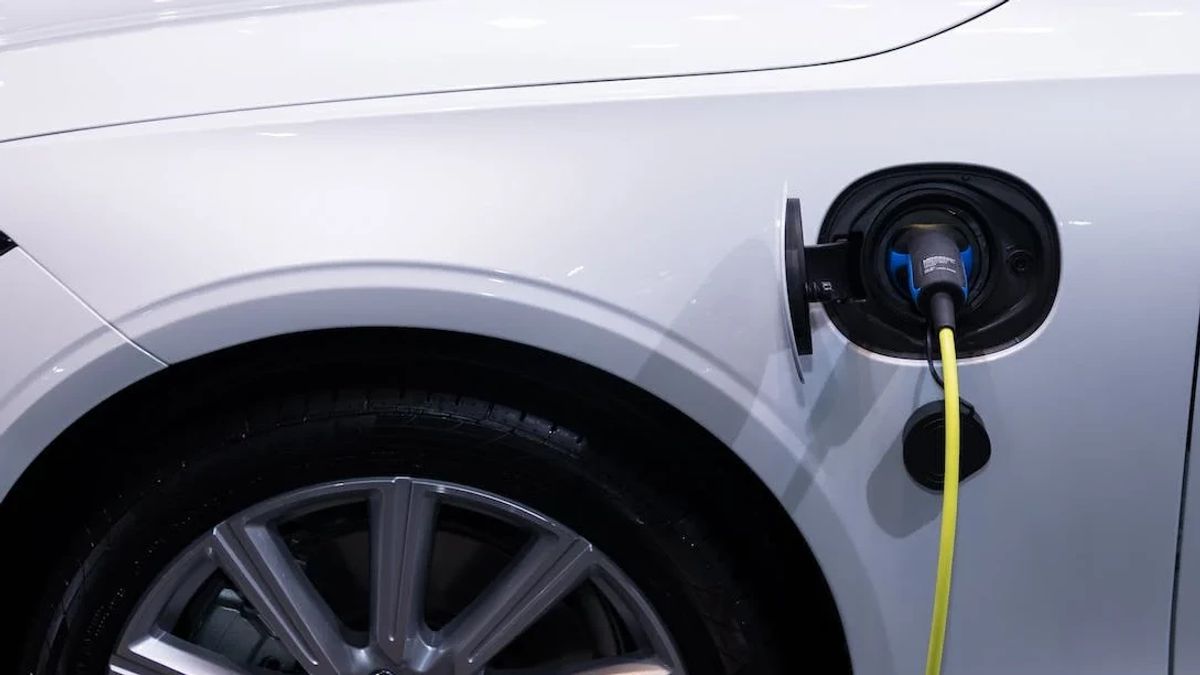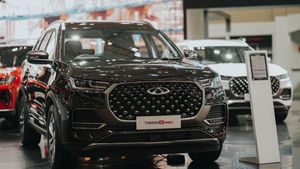JAKARTA - Recently, Canada issued a surprising policy requiring all passenger cars, SUVs, crossovers, and light trucks sold in 2035 to have a Zero Emission Vehicle (ZEV).
In the policy, there is a target that at least 20 percent of total car sales should be emission-free vehicles by 2026, and increase to 60 percent of ZEV by 2030. In the third quarter of 2023, about 12.1 percent of total car sales have reached electric vehicle (EV) status.
This policy reflects the Canadian government's commitment to tackling global climate change. However, this decision caused controversy among industry players.
The Canadian Vehicle Manufacturers Association stated that this policy is too ambitious, especially given the high cost of electric vehicles today and the lack of adequate supporting infrastructure, especially in rural areas and areas that do not yet have an adequate charging network.
"The achievement of higher ZEV sales rates depends on favorable market conditions, stronger consumer purchase incentives, extensive charging infrastructure, and increased power grid capacity," Brian Kingston, President of the Canadian Vehicle Manufacturers Association, told Reuters on Wednesday, December 20.
SEE ALSO:
The Canadian government is now focusing on these costs in the development of electric vehicle infrastructure in dense urban areas and residential areas of families, which experts consider a possible step that may not be enough to increase the rapid adoption of electric vehicles.
Electric vehicles are considered impractical in remote areas and cold environments, which can reduce battery efficiency. Fortunately, plug-In Hybrid (PHEV) cars with an average range of 80 km in electric mode still qualify as vehicles that can be sold in 2035 and beyond in Canada.
This policy is similar to the one to be implemented in California, USA, where 100 percent of new cars sold in 2035 should be in the form of PHEV, EV, or fuel-cell vehicles (FCV). A total of 17 US states have agreed to adopt similar regulations.
The English, Chinese, Japanese, Arabic, and French versions are automatically generated by the AI. So there may still be inaccuracies in translating, please always see Indonesian as our main language. (system supported by DigitalSiber.id)















